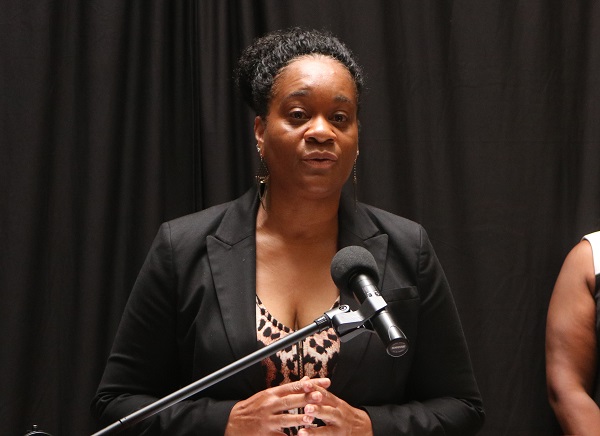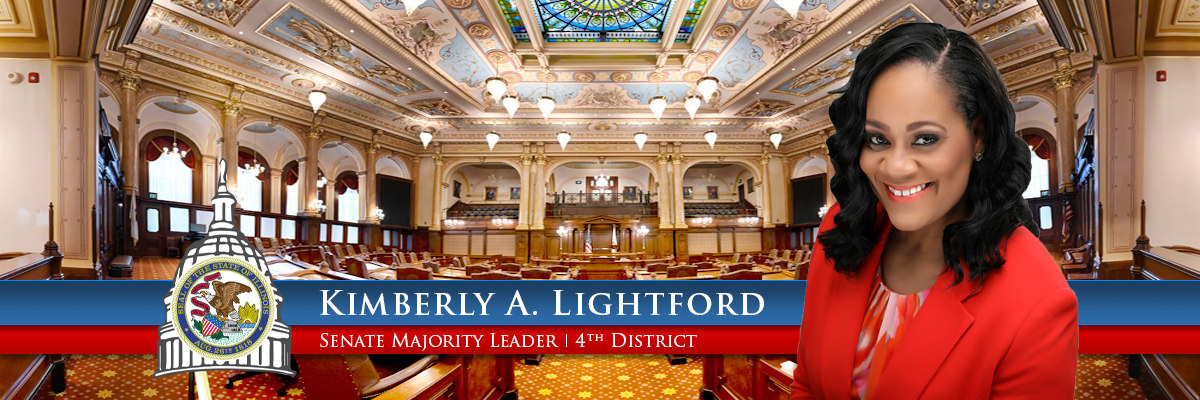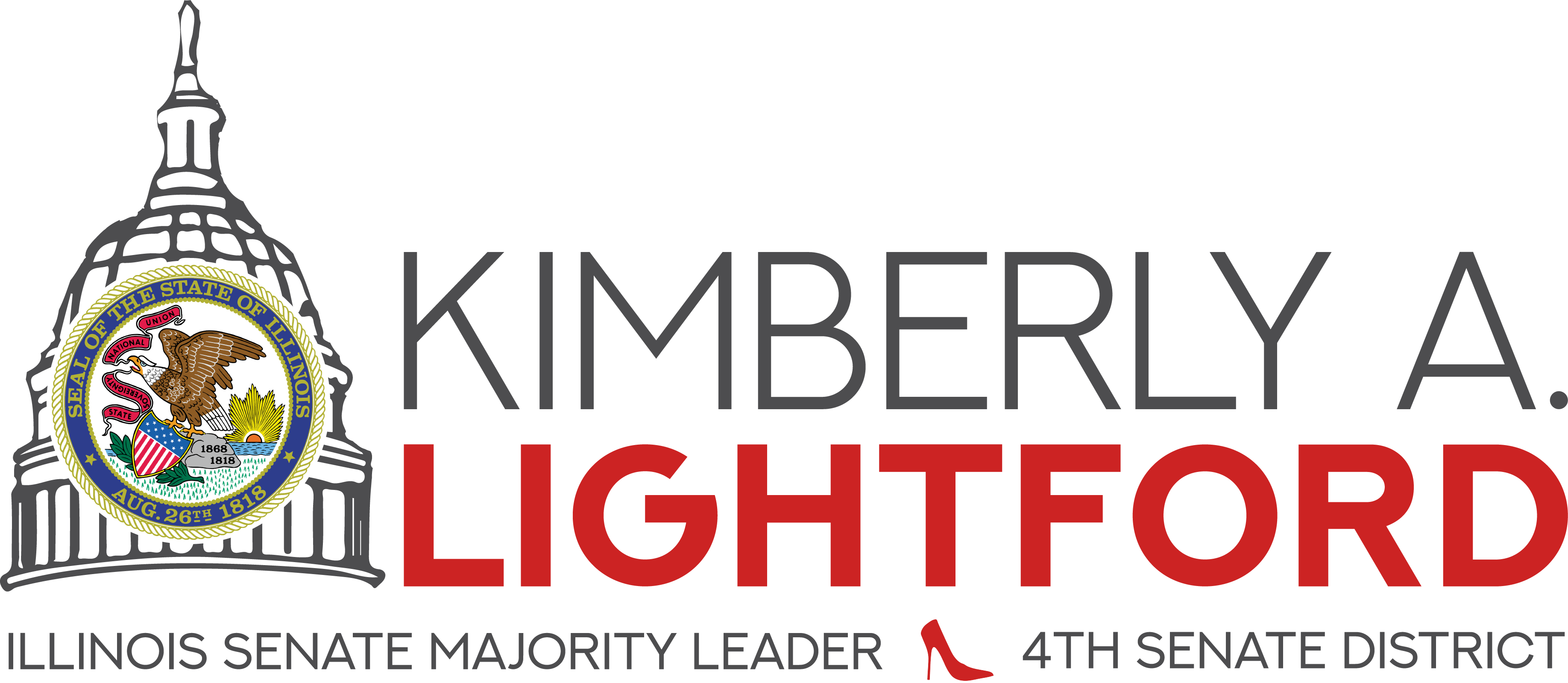- Details
- Category: News
 CHICAGO –Senate Majority Leader and Chair of the Illinois Legislative Black Caucus Kimberly A. Lightford (D-Maywood) joined colleagues at the Westside Justice Center on Tuesday to announce a plan to build a legislative agenda that addresses systemic racism in Illinois.
CHICAGO –Senate Majority Leader and Chair of the Illinois Legislative Black Caucus Kimberly A. Lightford (D-Maywood) joined colleagues at the Westside Justice Center on Tuesday to announce a plan to build a legislative agenda that addresses systemic racism in Illinois.
“We have an opportunity to leverage this moment to make sure other Black women, Black mothers and Black wives just like me can truly have peace, justice and hope for our future, knowing that our children and our grandchildren will not share the same kind of life experiences that everyone in my generation and generations before me have had to endure,” Lightford said.
- Details
- Category: ILBC
CHICAGO—The Illinois Legislative Black Caucus is developing a legislative agenda to help Black communities in Illinois overcome centuries of oppression.
Recent events, including the COVID-19 pandemic and persistent police killings, have highlighted staggering disparities that have made it clear that comprehensive reform is crucial to end systemic racism.
ILBC Chairman Kimberly A. Lightford (D-Maywood) says the caucus seeks to bring justice to Black Illinoisans.
- Details
- Category: News
 CHICAGO – In an effort to address decades of neglect and disinvestment in Black communities, the Illinois Legislative Black Caucus stands with the movement to improve the quality of Black lives and is crafting a legislative agenda that continues their work to address systemic racism in Illinois.
CHICAGO – In an effort to address decades of neglect and disinvestment in Black communities, the Illinois Legislative Black Caucus stands with the movement to improve the quality of Black lives and is crafting a legislative agenda that continues their work to address systemic racism in Illinois.
The COVID-19 pandemic and recent civil unrest have amplified the racial inequities in our community making it undeniable that sweeping reforms are mandatory to combat racism. The plans will be built through four pillars of policy:
- Criminal justice reform, violence reduction and police accountability
- Education and workforce development
- Economic access, equity and opportunity
- Health care and human services
Each pillar will have a series of Senate committee hearings starting with criminal justice, violence reduction and police accountability. Tuesday’s Senate hearing will focus on police accountability, including discussions about use of force and law enforcement training.
Who: Illinois Legislative Black Caucus
When: Sept. 1, press conference at 10 a.m., virtual Senate committee hearing at 12 p.m.
Where: The press conference will be held at the Westside Justice Center, 601 S. California Ave., Chicago. The hearing can be watched at https://ilga.gov/senateaudvid.asp at noon. Both will also be on www.blueroomstream.com, a subscription-based service.
- Details
- Category: News
 SPRINGFIELD—The Illinois Legislative Black Caucus (ILBC) responded to an incident in Kenosha, Wisc. where officers shot Jacob Blake in the back seven times at point blank range. The footage of the Sunday afternoon shooting has been shared widely, and has continued protests against police brutality across the country. Senate Majority Leader and Chair of the ILBC Kimberly A. Lightford (D-Maywood released the following statement:
SPRINGFIELD—The Illinois Legislative Black Caucus (ILBC) responded to an incident in Kenosha, Wisc. where officers shot Jacob Blake in the back seven times at point blank range. The footage of the Sunday afternoon shooting has been shared widely, and has continued protests against police brutality across the country. Senate Majority Leader and Chair of the ILBC Kimberly A. Lightford (D-Maywood released the following statement:
“Mr. Blake exemplified community by taking the initiative to deescalate a domestic dispute, and somehow he ended up being shot by an officer multiple times. I do not know how to explain that, but I do know that this is not what public safety looks like.
“Learning that Mr. Blake’s children witnessed their father’s shooting is infuriating and deeply heartbreaking. I hate the idea that they now have this horrendous trauma to deal with, and I hope Mr. Blake recovers so they can have their father for years to come. We extend our prayers to Mr. Blake and all of his loved ones as he fights to recover from this tragedy.
“The Illinois Legislative Black Caucus continues to push for an end to police brutality and equity for Black people across our state, and we hope to inspire changes in our neighboring states and across our country.”
More Articles …
Page 34 of 127







